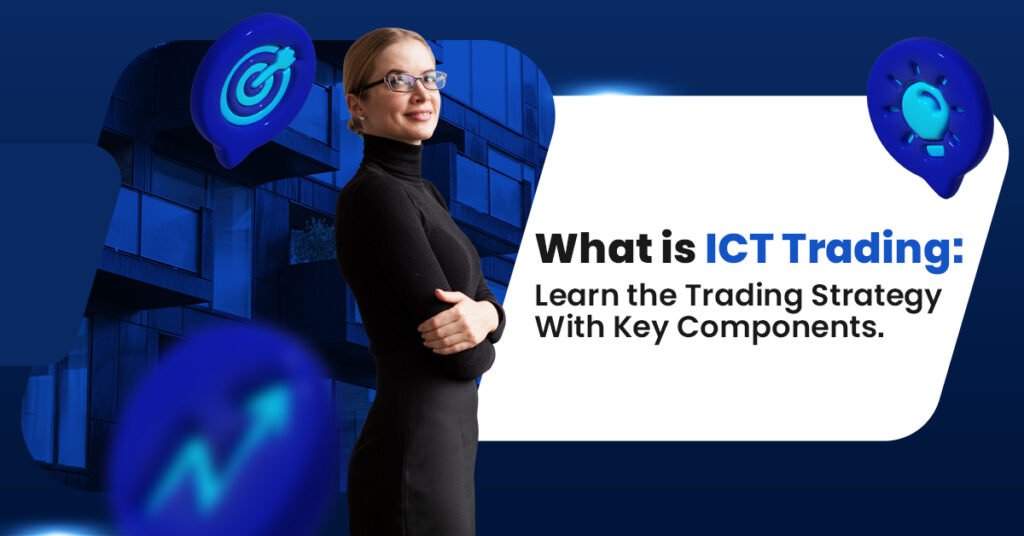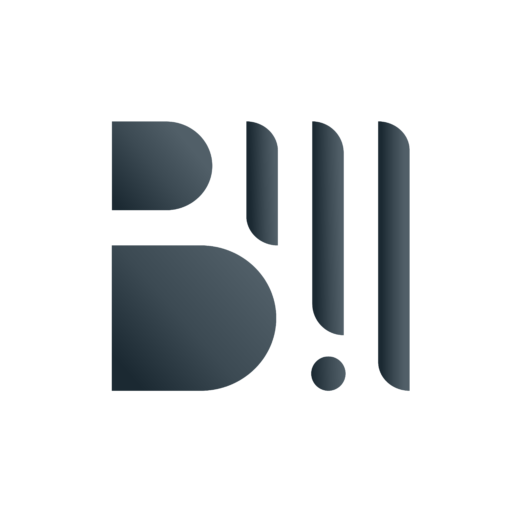What is ICT trading: Learn the Trading Strategy With Key Components
ICT Trading is a strategy that follows the footprints of big market players. Learn what ICT trading is with components and execute the strategy like a pro.
Table of Contents
The Foreign exchange market is full of big and small participants from all around the world. The activities of major players highly influence the Forex Market. In order to take advantage of these activities, ICT concepts were introduced.
ICT trading uses technical analysis to follow the footprints of major market players. In this blog, we will have a detailed study of what ICT trading is with key components. It will help you to trade currency effectively using this style.
What is ICT Trading?
ICT Stands for Inner Circle Trading in the Foreign Exchange Market. The term is coined by Michael Huddleston, a successful forex ICT trader with over 20 years of experience in the market.
ICT trading focuses on analysing the market using different technical analysis concepts. It aims to track the activities of major market players and identify potential currency trading opportunities. The strategy revolves around understanding buy-side liquidity, sell-side liquidity, market structure shifts, and price manipulation.
The ICT concepts deal with understanding the behaviour of big forex participants and market manipulations to make informed trade decisions. The strategy is quite similar to Smart money concepts. The only difference is SMC has a broad concept while ICT traders focuses on specific techniques.

Top ICT Trading Indicators and Their Interpretations
ICT trading relies highly on technician analysis components to predict dynamic market conditions. Here are the top indicators for ICT traders and how to interpret them to execute the strategy efficiently:
Market Structure:
Forex market structure is the crucial concept of the ICT trading strategy. A change or shift in the market structure serves as a significant indicator for ICT traders. Market structure shift (MSS) can be identified from the change in the current trend or change in the character (CHOCH).
A market structure shift indicates a pause in the current trend or the beginning of a new trend. A break in important high or low during an ongoing trend is a potential sign of a Market structure shift. Traders can confirm it with different technical analysis indicators and can make trade decisions accordingly.
Forex Market Liquidity:
Liquidity defines the number of buyers and sellers in the market during a period of time. Liquidity generally highlights the imbalance between supply and demand.
The buy-side liquidity zone is formed when a large number of buyers place a trade at a specified level. Meanwhile, a sell-side liquidity zone is formed when a large number of sellers place an order at a specified price.
When a liquidity zone is formed, a large number of orders are executed, ultimately causing an imbalance in supply and demand. ICT traders can take advantage of these imbalances and identify potential price reversals. Traders can even seek the help of candlestick patterns and trendlines to identify them.
Price Swing Points:
Swing points are also quite important for ICT trading strategy. Swing points can be defined as a level at which a trend has been reversed.
A swing high is formed when the price of a currency pair rises, reaches a peak and then starts declining. Meanwhile, a swing low is formed when the price declines, reaches the lowest level and then starts rising again. The price shift from upward to downward trend or downward to upward trend can help ICT traders in making potential trade decisions.
Fair Value Gaps:
Price gaps occur during significant movements in the market. A fair value gap occurs due to an imbalance between buyers and sellers and leads to potential trading opportunities. There are mainly two types of gaps: bullish and bearish.
A bullish FVG occurs due to strong buying pressure in the market and suggests traders open a long position. Meanwhile, a bearish FVG occurs due to strong bearish pressure, suggesting traders go short.
Order Blocks:
Order blocks occur on the chart when institutional market participants place a high volume of trades in the market, resulting in significant price swings.
Order blocks indicate the levels at which significant buying or selling has occurred. Traders can identify potential support and resistance levels from where the blocks are formed. Traders can use optimal trading entry points price action tools or volume indicators to identify potential order blocks and predict future price levels.
Trading Displacement:
Displacement forex can be defined as sudden and strong movement in one direction. It occurs due to buying or selling pressure that leads to the formation of various candles in one direction.
Traders can use displacement to identify the activities of institutional traders with direction by watching displacements. It can suggest trend continuation and trend reversal that can ultimately help traders in planning trade entries.
Limitations of ICT Trading Strategy
ICT trading can be a good strategy, and traders can make significant profits using the method. However, every strategy has some limitations, and even ICT has these restrictions. So, if you are thinking of using ICT trading, then you must know the below limitations:
Deep Understanding of Technical Analysis:
ICT trading concepts is all about identifying the activities of institutional traders and trading accordingly. For that purpose, knowledge of ICT tools or indicators such as trendlines, charting patterns, candlesticks, order blocks, fair gaps, mitigations blocks, breakouts and many other components is essential. So, traders cannot use ICT trading without an understanding of technical analysis.
Ignorance to Fundamental Analysis:
ICT strategies gives too much importance to technical analysis. However, fundamentals like news, announcements, and speeches also significantly affect the moves of big institutional traders. Ignorance of fundamental analysis may result in unfavorable trading outcomes.
Subjective:
The analysis and interpretation in ICT trading are subjective to individual understanding. It means two ICT traders watching same chart patterns can have different interpretations. The accuracy of trading decisions entirely depends on knowledge and how effectively you have organized the analysis.
Time-Consuming:
Using an ICT trading strategy can be time-consuming. Traders need to organize timely analysis and use different analysis methods. Beginners may not have that much time or even knowledge to use the strategy.
Wrapping Up
We have a detailed study on what ICT trading strategy is with key ICT trading concepts, components, and their limitations. Undoubtedly, ICT concepts is an advanced strategy that can give potential returns to traders.
However, the success of a strategy depends highly on knowledge and execution. Further, the suitability of the forex broker platform to the strategy is also crucial.
Being a reputable broker, Beirman Capital has many clients using the ICT strategies. So our platform is suitable for ICT traders, and they can use different tools and indicators to organize proper analysis. Traders can even open a demo account with us and practice their strategy on our platform.
FAQs
What is ICT trading Strategy?
ICT (Inner Circle Trading) is a forex trading strategy that tracks institutional traders using ICT concepts like market structure shifts, liquidity zones, and order blocks.
Who developed the ICT trading strategy?
ICT trading strategy is developed by Michael Huddleston, a successful forex trader with over 20 years of experience in the market.
What is the difference between ICT and SMC trading?
The ICT and SMC trading are quite similar strategies. The only difference is SMC has a broad concept, while ICT concepts focuses on specific techniques for analyzing the activities of big market players.
What is Market Structure Swift in Trading?
A market structure shift indicates a pause in the current trend or the beginning of a new trend. A break in important high or low during an ongoing trend is a potential sign of a Market structure shift.
What is displacement in ICT trading?
Displacement can be defined as sudden and strong movement in one direction, signaling trend continuation or reversal. A displacement can be bullish or bearish.
What are the Best ICT Tools or Technical Indicators?
Some top ICT indicators include:
- Market structure shifts (MSS)
- Buy-side and sell-side liquidity zones
- Fair value gaps (FVGs)
- Order blocks
- Trading displacement
By mastering these ICT trading concepts, traders can improve their decision-making and profitability.
Get Complete Forex Trading Assistance



